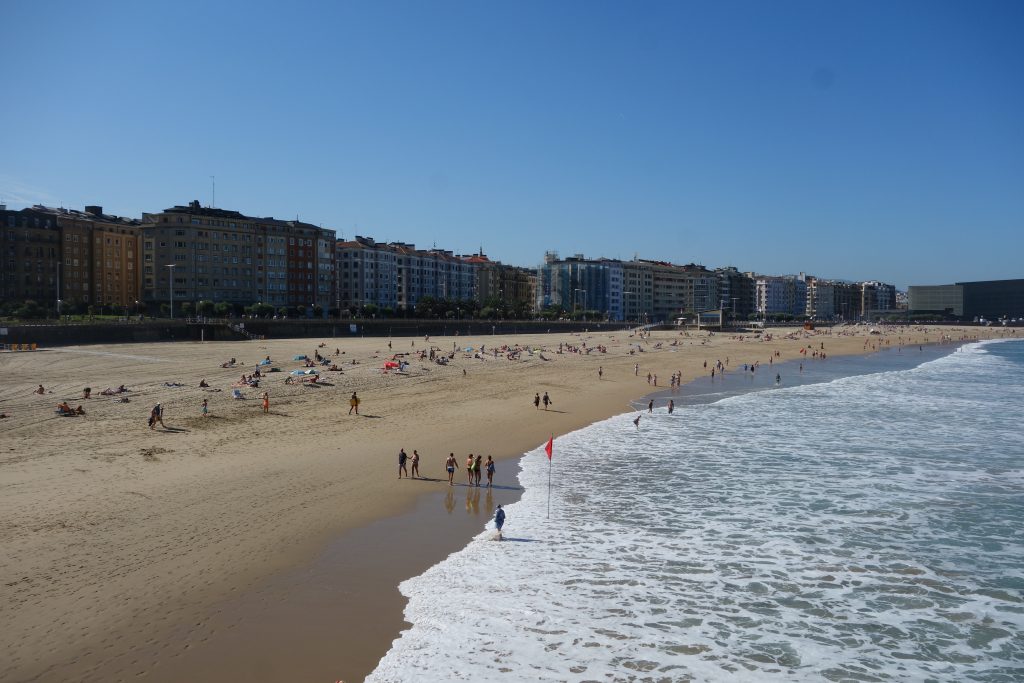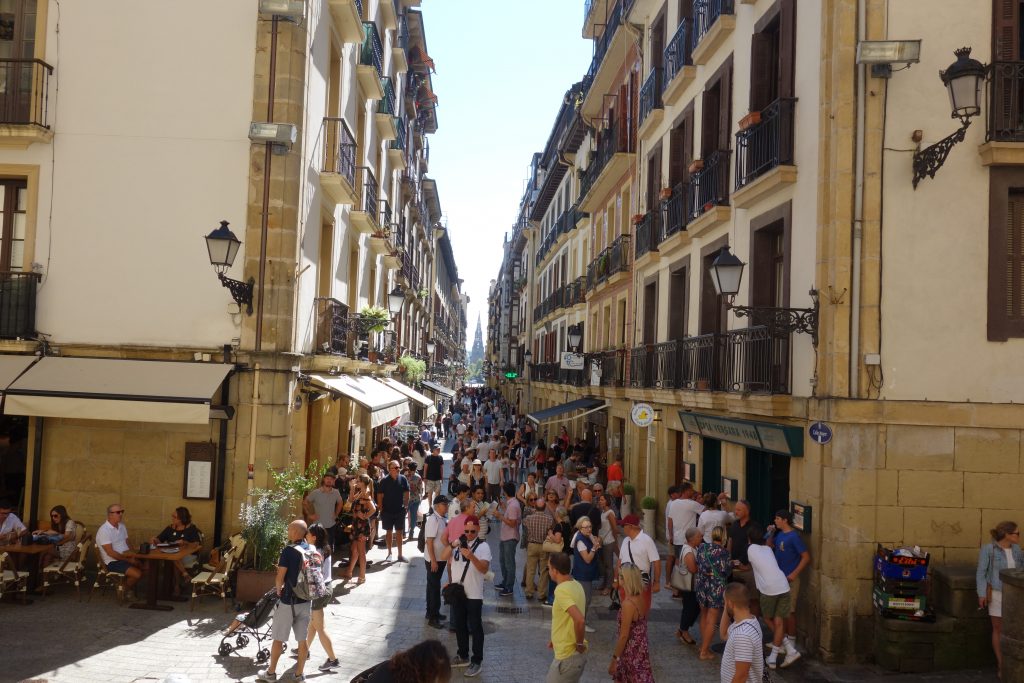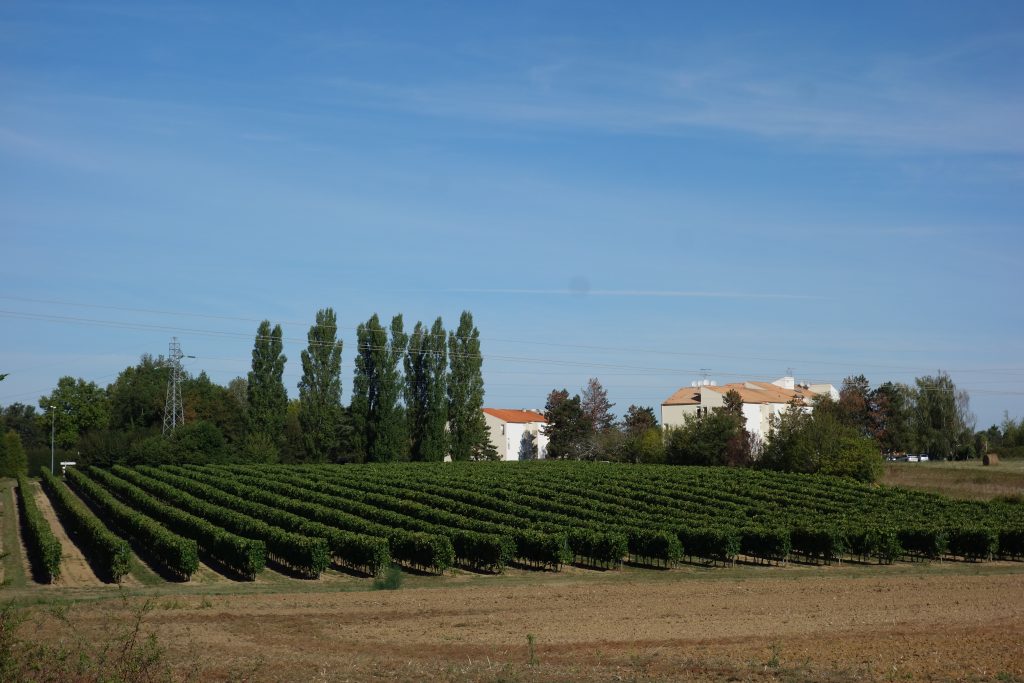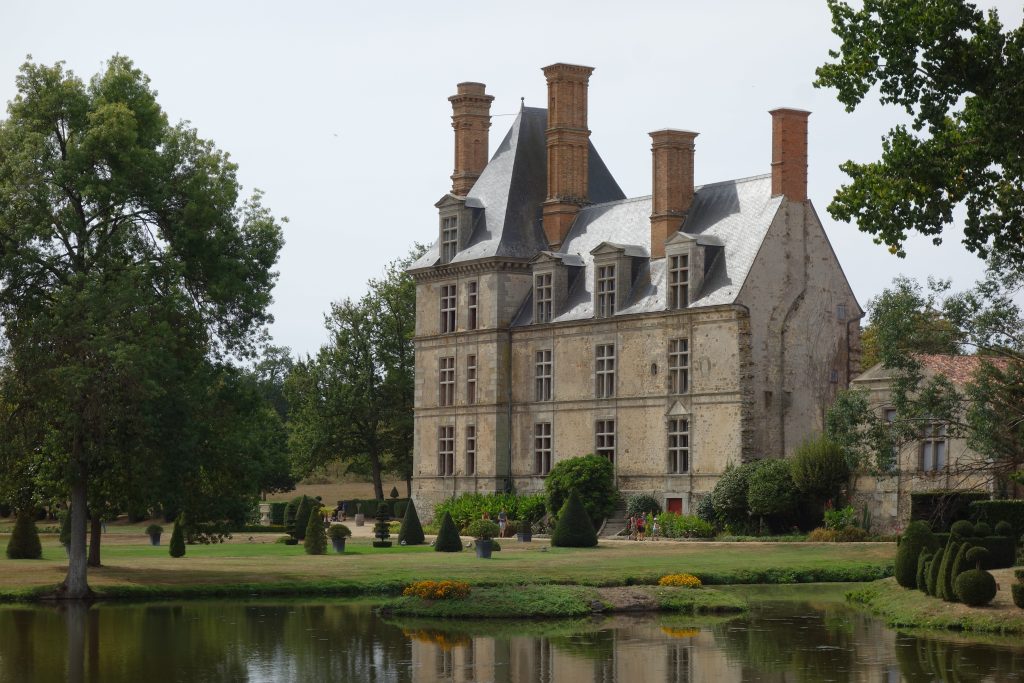We have a plan!
Julie and I have fallen into a comfortable travel routine where we rarely know what we’re doing for the day until we check out the maps and books over our second cup of coffee. For the most part it has suited us but there have been occasions where the lack of forward planning has meant we’ve arrived somewhere just after the last ferry for the day or the famous museum/palace/cathedral has closed. But now we have an important occasion when it is absolutely essential we plan ahead – and as a result we’ve developed a great longish-term plan.
Again, its all about visas. Our European visa, which covers what is referred to as the Schengen countries, those which are signatories to the common boundaries of the European Union, is only valid for 90 days out of every period of 180 days. This means that with the exception of our days in Russia and Belarus, both non-Schengen countries, we only had 90 days to spend in Europe. And with those days counting down we needed a plan to use our remaining time wisely before shipping to the United Kingdom, which is a non-Schengen country (thank goodness).
On top of that, we’d been invited to attend the Adventure Overland Show in Stratford-upon-Avon where we can proudly show off Tramp and I have the opportunity to speak for an hour at a workshop during the show. Give me an audience and a chance to talk about our travels and good luck getting me off the stage!
So with the clock ticking and a two week plan in place we left Galicia on a cool and foggy morning and followed Spain’s northern coast on their excellent toll-free roads into the autonomous region known as the Basque Country.
The Basque people are some of the oldest in Europe with their own language, culture and heritage. Their various stints at independence over the centuries have been short-lived and their most recent attempt at breaking away from Spain after the Spanish Civil War was marred by extreme violence. But in 2011 they claimed an end to such hostilities and seem to have accepted their level of autonomy as part of the broader Spanish nation.
The Basques have a stunning part of Spain, that’s for sure. Dramatic coastlines, high mountains, fertile plains and even some sparse desert, although we didn’t see it. We followed the coast and caught glimpses of a long string of beautiful beachside villages. At Ribadesella, a small fishing village turned beach resort, we pulled in for lunch on the long beach’s promenade and marvelled at all these little gems of hidden places that most passers-by miss.
We glanced at numerous other beautiful deep beaches that lined the coastline but we were heading for the industrial town of Bilbao which hosts one of the most magnificent museums in all of Europe. Designed by the famous Frank Gehry, the Guggenheim Museum is as famous for its architectural splendour as for its contents. We battled Bilbao traffic to walk around the spectacular museum itself but left the high entrance fees and artwork inside to others.
But the coastline kept delivering, steep mountains, a string of long tunnels and dramatic bridges, timeless villages and sandy beaches until we stopped at an odd little place called Mutriku where we camped for the night. We then followed the scenic coastal road through a series of seaside villages, each with their own little port and beach, each with their own quaint old cracked buildings and narrow streets, until we reached the capital of the Basque country, San Sebastian.
San Sebastian blew us away. We arrived on a beautiful sunny Saturday, the city was sparkling, the beaches were packed, the locals were all wearing their blue and white striped jerseys as the local team was playing powerhouse Barcelona that afternoon, and the atmosphere was just fabulous.

OMG – the setting, buildings, food and beaches of San Sebastian completely blew us away – what a place!
We parked at the far end of very cooly-named Zurriola Beach and walked along its wide promenade, taking in the spectacular scene of thousands of people on the beach or in the water. We’d never seen the waves so crowded with surfers waiting for the perfect wave, leading almost to moments of contact surfing. We then walked through old town and walked up to the mirador, or lookout, for grand views of the beach below and the city sprawling out in all directions. San Sebastian was scoring big points with us.
We walked through the narrow walking streets of the old town, absolutely packed with a combination of beach goers, very tame football fans and well dressed local tourists. The popular hangouts were unquestionably the tapas bars, or Pintxos bars as the locals call it in Basque, where crowds of people were enjoying the good life. We also did some crowd-watching at the larger and more popular Playa Concho, amazed at how many people were strolling along the water’s edge, almost like ants going to and from their homes.

The walking streets in the old town of San Sebastian teemed with life and activity on a sunny weekend day
After more than three hours we tore ourselves away and headed back to Tramp for the journey further north and into France. San Sebastian scored a perfect ten with us – sure, we caught it on a glorious Saturday afternoon in the late summer but really, if you can’t get a buzz out of this city you better check for a pulse.
We reluctantly crossed the border and left Spain, having thoroughly enjoyed every aspect of this very friendly and culturally-rich country, vowing to return some day. But our plan had us spending the last few days of our visa exploring the west coast of France, an area we had never been before, and we headed up to the famous city of Bordeaux where we grumpily camped in an overflow parking area of a nearby campsite featuring communal toilets and a children’s disco. It was another example of getting people to pay top euros for a faux-resort camping experience. I tell ya, we won’t miss these large ‘four star’ European campsites.

The area around Bordeaux featured vineyards – no surprise there – and some beautiful little villages
The next day we vowed to ‘go small’ and headed north on secondary roads along the west coast of France, determined to see a new aspect of this country. It was a low key day as we followed roads by towns like Rochefort, La Rochelle and Challans on the way to a cosy seaside town of La Bernerie-en-Retz. We passed through countless little French villages, many seemingly shuttered and abandoned on a Sunday afternoon, and across what is called the Marais Poitevin, a flat national reserve of marsh, wetlands and mixed-used land for local farmers. In fact we drove the whole day across flat land, most of it ploughed up and waiting for the winter.
We camped that night in the little village of La Bernerie, two blocks from the coast, in one of these unique paid parking lots which are featured across France where RV’s can pay a nominal fee in a dedicated parking lot and have access to a local toilet. It was all we needed, in fact we quite enjoyed it, and it set us up nicely for our drive into Brittany the next day.

Yes, well, the French know how to do 18th century chateaus and its not uncommon to come around a corner and find another one















Comments
We have a plan! — No Comments
HTML tags allowed in your comment: <a href="" title=""> <abbr title=""> <acronym title=""> <b> <blockquote cite=""> <cite> <code> <del datetime=""> <em> <i> <q cite=""> <s> <strike> <strong>